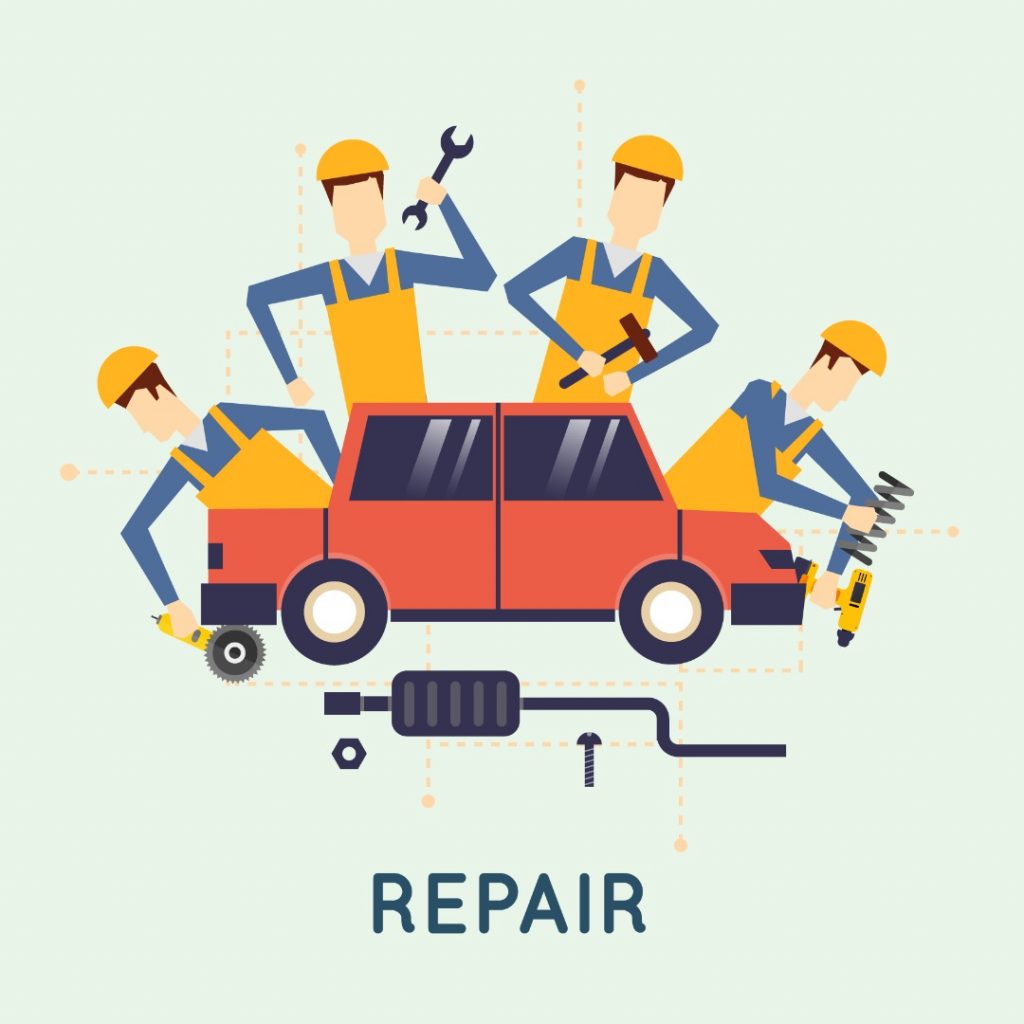Being a car owner is one of the best ways to connect with different mechanics and other professionals that your car will require to be healthy. It is also one of the ways they can seem like a foe to you due to the financial demands that come with fixing your car when problems arise. The good news is, you can actually save yourself some of this stress by learning some do-it-yourself (DIY) car repair skills.
Here are some basic ways you can fix your car yourself::
Battery replacement: Get your pliers and your screwdrivers ready! This part of your car is necessary because you do not want to be stranded in the middle of nowhere while driving or have to jump your car at home when you are in a rush for work or an important appointment or to even catch up with friends. All you have to do here is to remove the cables, buy a new battery, and reattach the cables in the proper order. You are good to go. You should always ensure your battery terminals are rightly placed on the negative and positive sides.
Changing your brake pads: Here, you need your Jack, lug and wrenches. Firstly, remove your car tires with your lug, wrench and jack. You will also need a set of standard wrenches. The actual process of changing the brake pad is as easy as sliding the old brake pad out and clipping the new one in place with fasteners provided in the package. The brake pad box should also include a packet of grease, which you apply to ensure that the brakes are properly lubed and don’t squeak.
Oil change: To change your car oil, you will need a racket, wrench, and funnel. Great precautions are needed, such as ensuring your car will not move during the process and you should not change the oil if you drove it in the past two hours because it will be too hot. Typically, car oil needs to be changed every 3,000 to 5,000 miles. Remember to also replace your car oil filter when changing the oil.
Windshield wipers: Your car windshield wipers are essential because they help you see clearly in bad weather. If they are out, broken, or bent, it could lead to a dangerous loss of visibility. Changing your car windshield wipers happens to be one of the easiest DIY any car owner should learn but if not properly done can cause damage. Those with a pin or a hook-and-slide design are very easy to replace. You unfasten the old blade and then secure the new one in place without any special tools. Straight-end connector wipers require you to depress a tab inside the arm using a screwdriver. Unless there is an issue, you do not need any additional tools.
Radiator: Your car radiator is important because it helps keep your car engine temperature low. You need to flush out your radiator at intervals to avoid buildup, which could cause it to lose its effectiveness. You can flush the radiator with a specialized cleaning product, a garden hose, and either a screwdriver or wrench to remove the drain plug. Your car radiators may also leak. If you cannot find and plug the leak in a hose or other accessible area, you can try a radiator leak sealant liquid, which coats the radiator and stops small, slow, or inaccessible leaks.
Engine coolant replacement: If your car dashboard indicates the check engine light , it may be a coolant issue. If you can locate your car’s OBD port and you are able to connect it to a digital diagnostic reader, you can solve the problem easily. Coolant basically keeps your car from overheating. You should check your coolant levels regularly to avoid overheating. Your car mechanic may suggest that you change the coolant every 25,000 to 45,000 miles covered because it may eventually cause corrosion. This process simply involves draining the excess fluid and pouring in fresh coolant.
With these, you can do your basic car repair yourself without needing a mechanic. When needed, take professional advice on your car. A healthy car = a smooth road trip!
